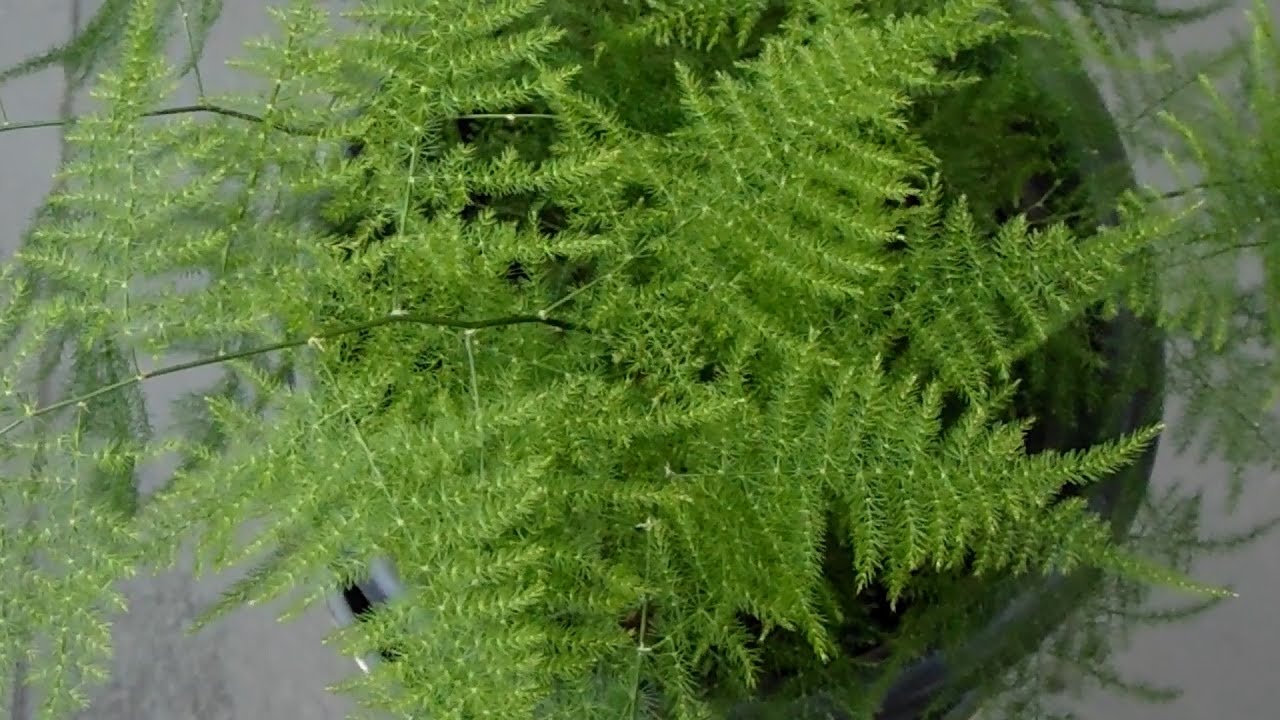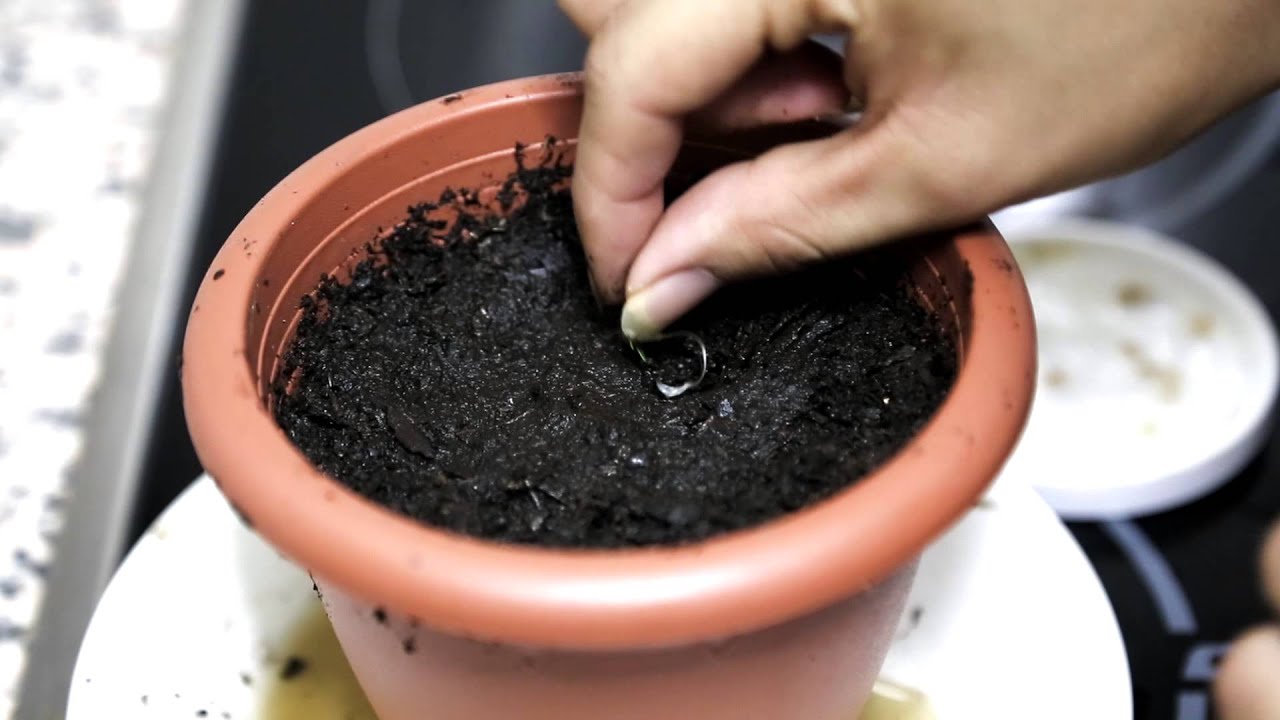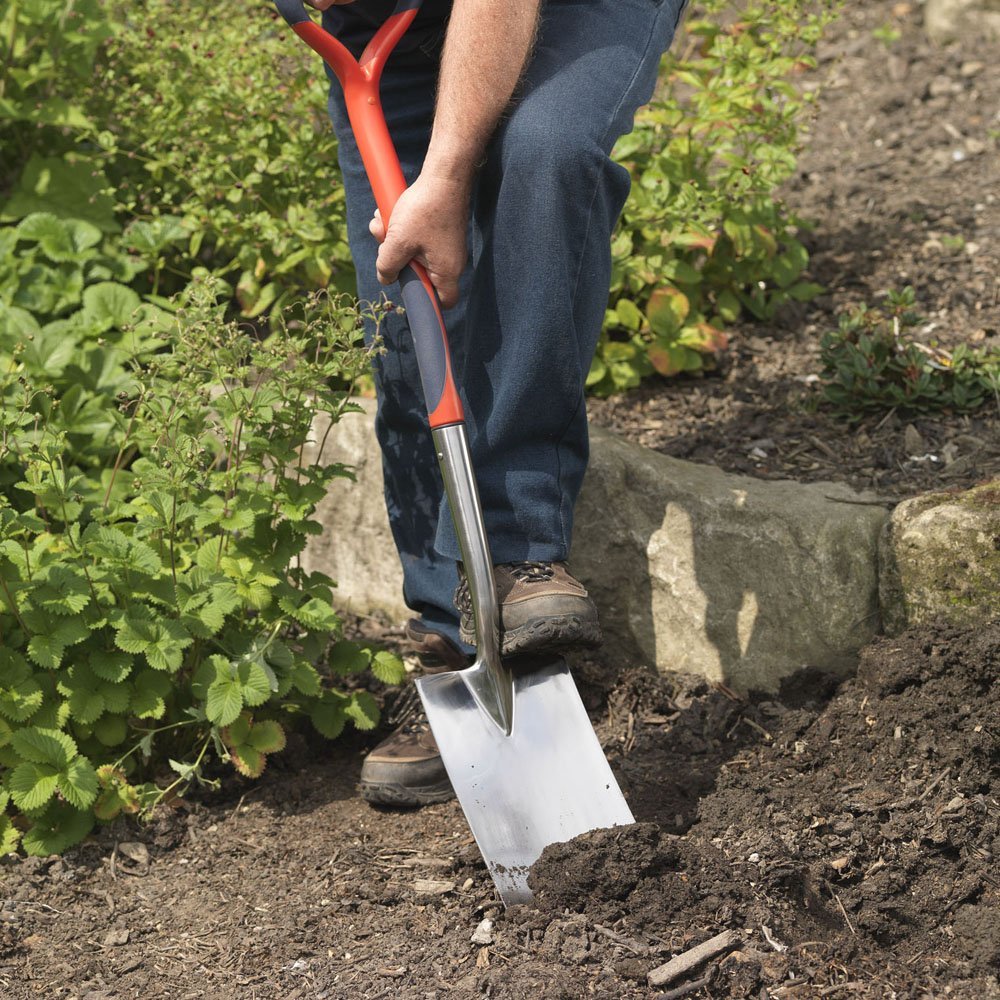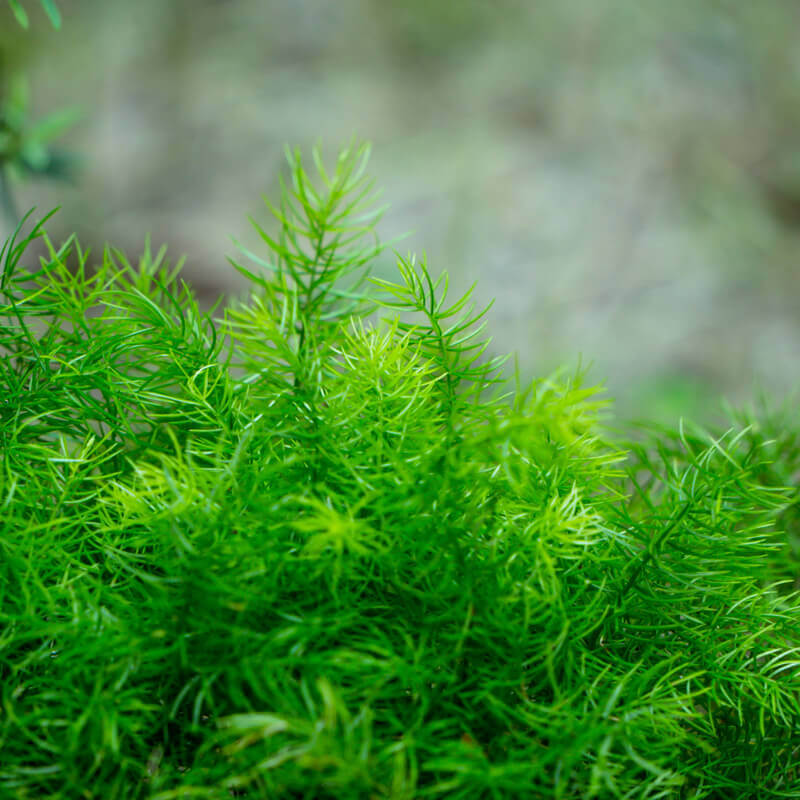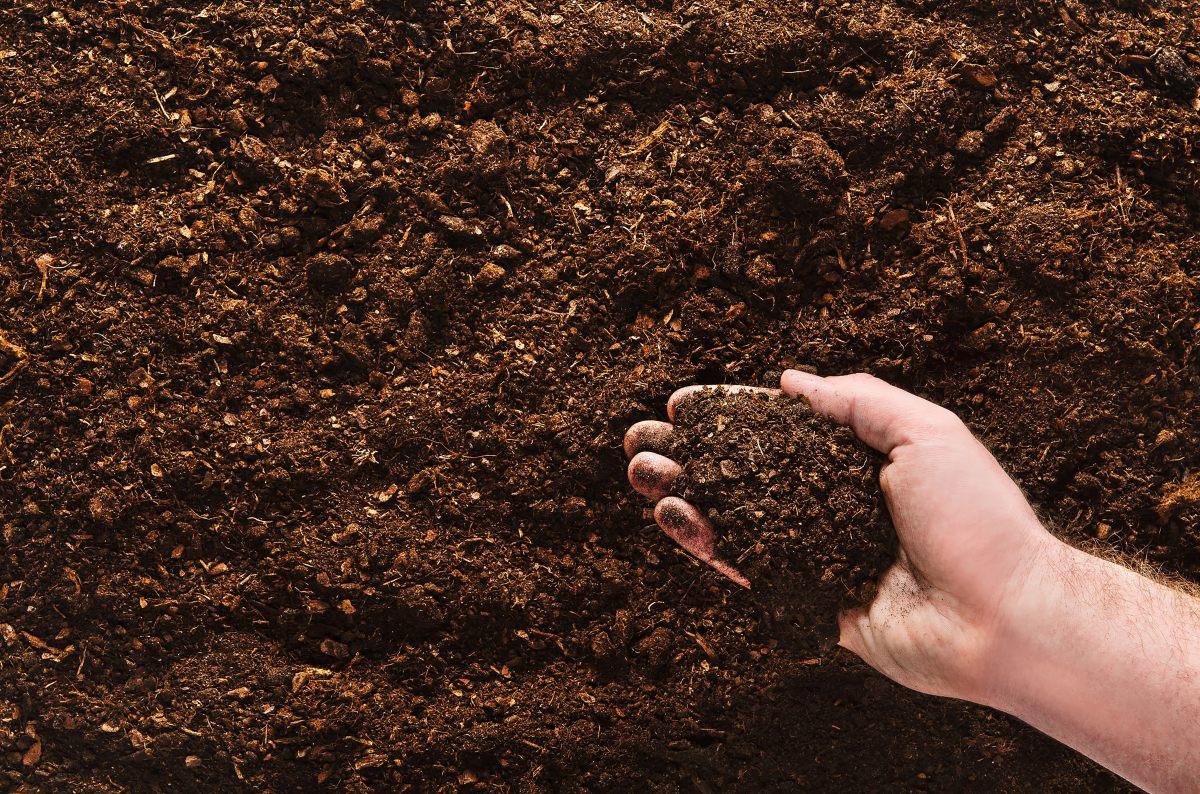La asparagus, stands out for being an ornamental plant, with edible production and is also requested in florists to enhance decorations. It is native to South Africa, with reproduction by seeds or by division, reaching to be planted even in pots. Discover it here.
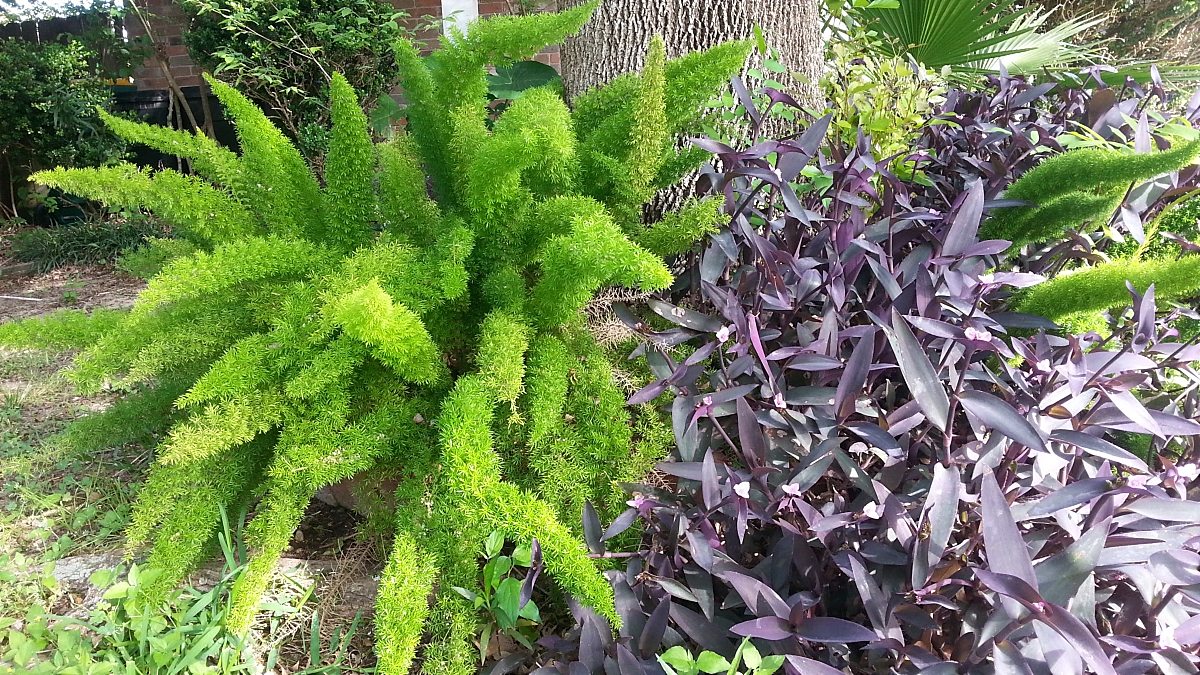
the asparagus
La asparagus, with the scientific name “Asparagus”, is a plant that has the virtue of being cultivated in every possible place on the globe. This is conferred mainly by the exquisite asparagus that it provides, considering that they are a vegetable for human consumption, which is part of the common intake, for any diet.
Its origin is from South Africa, covering more than 300 species, however, within these, there are also many native to Asia and Europe. Among its peculiarities, it is found to be a member of the "Liliaceae" family and to be angiosperms, which presents it as a flowering plant.
The foliage it shows is completely bushy, with a particular appearance, very light, delicate and, moreover, with an attractive and strong green tone. In its development it presents a small inflorescence, for which it is the culmination of the summer season. Subsequently, this inflorescence turns into berries, which initially have a green coloration and then turn red when they have fully matured.
Their Kind of leafs, are of a very singular needle shape. On the other hand, this special plant is dioecious, whose meaning is that its inflorescence is unisexual, separated into stem and trunk. Specifically, their flowers of each sex are found on separate plants, either female or male, so some plants have female flowers, while others have male flowers.
Its resistance to cold is totally limited, being necessary to carry out due care. Additionally, it has the benefit that its evolution manifests itself in an accelerated way. It easily admits its cultivation, both in pots and in direct substrate, where the limiting factor is the pH level, which must be acidic. After its growth, its foliage is shown in a feathery way, resembling hanging cones.
Taxonomic classification of asparagus
The taxonomic classification is the one that establishes the hierarchy of the taxa of the organisms in a biological way. In this sense, in the case of asparagus, its description is given by the scientist, botanist, naturalist and zoologist, of Swedish origin, Carlos Linneo. Being the year of publication, 1753, through the volume "Species Plantarum", 1: 313 - 314, having the following data:
- Reino: plant
- Division: Magnoliophyta
- Class: Liliopsida
- Medals: Asparagales
- Family: Asparagaceae
- Subfamily: Asparagoideae
- Gender: Asparagus
Characteristics of the asparagus plant
Plant asparagus, differs by presenting the following relevant characteristics:
- It is a perennial plant, which means that it has a longevity of more than two years.
- Its scientific name is “Asparagus”.
- It is a plant native to South Africa, which encompasses more than 300 species, among which are also from Asia and Europe.
- It belongs to the “Liliaceae” family.
- It is classified as a plant of fast or accelerated growth.
- It stands out for being an angiosperm plant, which means that it is a flowering plant.
- It is dioecious, with separate male and female flowers, where it also has flowers, both unisexual, hermaphrodite and even polygamous.
- In their development, they become some, even climbers, so they reach greater height and space, if they can hold on.
- It has restricted tolerance to low temperatures.
- Its leaves are needle-shaped, keeping if the conditions are right, a strong green color.
- The inflorescence of the asparagus, whitish in color, is carried out at the end of summer, consisting of six petals and together with these six stamens, which are the male ones. On the other hand, females have an ovary, and may have two or more ovules.
- Its flowers turn into berries, which are initially green and then red as they ripen. These berries are the fruit, which develop a spherical shape, whose diameter range is between 4,5 and 10 millimeters.
- The plant has a reproduction both by seeds and by division.
- It has a remarkably accelerated growth.
- Despite being a very resistant plant, it can be attacked by parasites, some diseases and even pests. Bearing in mind that, as in any other plant, they undoubtedly come to weaken it, and the reason must be attacked in a timely manner.
Other peculiarities
- It requires a good incidence of light, which, if it is through the direct rays of the Sun, is even better, because it is your preference. However, such an incidence must be controlled, because the leaves tend to deteriorate, even turning yellowish. However, it is possible to keep it indoors, as long as it is very close to a window.
- It has bulbs in its roots, which means that it is not necessary to water them continuously. This is because these bulbs have the peculiarity of retaining the water that they subsequently supply to the plant. Having, that it is a plant, that develops in a predictive way in the face of droughts, not letting such incidence surprise it.
- Its foliage is highly dense and feathery in shape, where its resemblance is that of hanging cones.
- It requires that the substrate where it is planted be of adequate drainage without causing waterlogging after common watering or the fall of rainwater.
- The asparagus is a very popular ornamental plant, it is also sought after by various florists, with the aim of complementing the decorations they provide. Together, it stands out for having edible production, which are asparagus vegetables, which adapt to dietary regimens, indistinct from the diet consumed.
- The ideal planting time is during the spring season.
- It can be planted both in the direct substrate and in pots.
- Replanting is a practice that, in the case of asparagus, is excellent, because it helps in its evolution and development. This makes it suggested that it be considered when they are planted in pots, mainly when growth limitation is observed.
Asparagus cultivation
La asparagus, is characterized by being a plant that allows and adapts perfectly to cultivation both in pots and in direct substrate. For this, the only significant limitation is the climate, this is because it is sensitive to low temperatures. Taking this factor into account, it becomes ideal to plant it in a pot, because it can perfectly be moved from one place to another to protect it.
It should be noted that the asparagus needs the incidence of sunlight or at least its notorious proximity to them. This means that, if it is located in an internal area, it is allowed to be as close as possible to a window. By doing so, the change becomes completely visible, because its leaves will be seen apart from being healthier, with greater volume and strong color.
Potted
Cultivation in a pot is of the same benefit as that of the direct substrate. Apart, for the asparagus, establishing it in a narrow dimension is not a problem, because its roots are attracted to spaces where they are limited. That is why it is common to see them in small pots during the first twelve months of cultivation. Being a normal diameter, the one that oscillates between eight and ten centimeters.
It is important to mention that this interesting plant likes to be planted with other plants, so it is not inconvenient for it to share its pot or to be attached to one that has available space.
For the asparagus, what is necessary is that it be located in an area provided with good lighting. Holding, which is what also allows it to show the strong hue of its green foliage and is what favors it when developing the density of its leaves. However, if it cannot be located with solar incidence, being very close to the light is enough.
The temperature that is conducive to it and that must be taken into account when establishing its location, is the one that is in the range between 10°C and 15°C. This is the one that is handled as optimal for the asparagus, however, it is capable of tolerating that which is in the condition of 25°C and 8°C.
On the other hand, it is suggested that, during the summer season, when the environmental temperature changes, the pot be taken and placed in external areas. This action will allow it to show a greener foliage, in addition to becoming dense. Being the ideal place, the one where you do not feel strong winds.
On direct substrate
The direct substrate such as planting or cultivation of asparagus is taken into consideration, as long as certain requirements can be guaranteed. The first of them is that the environmental temperature should not be below 8°C, because the plant is not capable of tolerating that level of cold. In this sense, in the usual range of climate characteristics locally they become necessary to be evaluated.
Plant asparagus, has as a probable or ideal option, to locate it or establish it in an area of the garden in which obviously only clarity reaches it. Having as a possible or real limitation, that it does not have the direct incidence of the Sun's rays. This will facilitate its equally prosperous, dense and healthy development.
On the other hand, and although it seems incredible, it accepts to be planted where the slope induces the fall. Being observed that its growth and development is now carried out in the form of a cascade, attracting other eyes.
An important advice to take into account is that, if the environmental condition becomes different from the daily one, leading to frosts that affect it, it can be protected with a so-called "anti-frost veil", for as long as required. .
What is the ideal time to cultivate the asparagus plant?
Both for the cultivation of asparagus in a pot, as for the one carried out in the direct substrate, the ideal moment and that favors it, is during the spring season. Bearing in mind that, if it is carried out at the beginning of it, it is a better benefit for the plant. In which, it can undoubtedly achieve a greater density of its foliage and an accentuated green tone of its leaves.
As a fundamental element to consider, it is that, since it does not do waterlogging well, it is conducive to handling an easily drained substrate. Therefore, if the available one does not reach this condition, a quantity of coarse sand can be added as a complement.
This coarse sand is simply going to be mixed with a good amount of the provided substrate. The result of this is that with this union it will be appreciated that its drainage will have an achieved facility, which is for the benefit and development of the plant.
Reproduction of asparagus
The asparagus plant is characterized by admitting reproduction, both in form, by the use of its seeds, and by division. Bearing in mind that for both cases the mode is the one described below:
By seeds
When playing back the asparagus By seeds, the benefit begins with having some lively, strong and leafy plants. Where the dim green color is the sample of the health and the benefit that you are receiving.
This form of plant reproduction is characterized by also having an accelerated growth, being the correct moment, due to the virtues it provides, the spring season.
To carry out this system, a seedbed must be available, in which an element that provides adequate drainage must be previously added to the base. This can be achieved, as indicated, with some coarse sand. On this, the ideal substrate is incorporated, which is for when seeds are planted. This must be high in nutrients and minerals, which makes it fertile and beneficial for the seeds to germinate.
Next, the asparagus seeds should be placed and a little more of the substrate on top of them. Finally, a delicate watering must be carried out, without the water falling with force.
This nursery must be located in a place that does not have incidence of solar rays, having as adequate temperature, one that oscillates around 16°C. On the other hand, the seedbed should be covered with a piece of cloth that is preferably dark, where the only thing left is to be aware of watering it when necessary.
By the time the germination of the asparagus seeds is appreciated, the piece of cloth should be removed. In this way, it is already possible that clarity affects it, so they should be replanted in pots or direct substrate when they are appreciated. For this next step of the plant, a small pot is ideal.
By division
Make or carry out the reproduction of the asparagus by division, is taken as the simplest and even practical method. In this the only limitation, if it can be taken that way, is the time in which the birth or outbreak of the new plant is reached. This is, with respect to that obtained by seed, that, if compared to that of division, its response becomes noticeably slower.
As in the case of seeds, the right time to carry out this reproduction technique is the spring season. In which, in addition, if it is carried out at the beginning of this, for the plant it is of complete benefit.
It is important to mention that through a plant that is in a stage of complete or mature development, it is possible to reproduce a range of five and up to six totally new plants. Bearing in mind that the way in which reproduction is carried out by division is by carrying out what the name implies, which is to divide the plant.
On the other hand, if it is possible to obtain five, six or even less, it is only necessary to plant it in the prepared pot. Where the method to follow is the same as that used for other plants, and even pots that can be independent can be used. This is because the plants will already have the ability to maintain themselves in an alien and own way from each other. The rest of the care, watering and fertilizing, among others, is carried out in the usual way, without changes, such as that carried out on the mature plant.
Main species of the asparagus plant
Among the main plant species asparagus The following are found:
Asparagus plumosus
The species Asparagus plumosus, or, asparagus of the florists, is the one that is usually obtained, so it is the most common and sought after in this area, where its objective is to decorate the various floral arrangements in a complementary way.
It has its origin in Southern Africa or South Africa. It is shown as a plant with climbing behavior and development, so if it finds something to hold on to, it will continue to evolve. The height that it is capable of achieving is in the range of five meters.
It also stands out for showing foliage, of a complete and showy strong green color, with brilliance, where the subtlety is found in the fineness of its tiny and thin leaves. In addition, its stems are presented with considerable length, apart from being branched. At sight, its leaves are able to be seen with an appearance that resembles that of feathers, with particular sponginess.
Its branches present complete rigidity in the base part, which later, due to the length, go on to achieve a horizontal and downward deviation. Its notorious weakness and sensitivity is the low ambient temperatures, which do not favor it.
Asparagus densiflorus
This species of plant asparagus, also has its origin in South Africa, where curiously it has taken a scope, reaching the point of being taken as an invader, causing negative effects in Hawaii. It stands out for being a perennial development plant, which is why it has a longevity of more than two years. As in Asparagus plumosus, its stems are rigid at the base.
It has the ability to bloom with a whitish hue with a pinkish tinge, which occurs during the summer season. It is important to mention that the sap contained in this species of asparagus plant after contact with the skin is capable of causing irritation. On the other hand, the berries it produces have a toxic effect if ingested.
Asparagus sprengeri
the kind of asparagus, Asparagus sprengeri, is characterized by developing voluminous and copious stems. These have the peculiarity of having complete mobility, being flexible and, moreover, maintaining a natural fall. The plant has its origin in Africa, occupying an inflorescence in the summer season with a short life. It can be grown both in direct substrate and in pots, since it adapts easily.
Asparagus plant care
The care that must be carried out on the asparagus plant, with the aim of maintaining its health and leafiness, are the following:
Temperature
The ideal temperature for growth and development of the asparagus favourably, it is the one that oscillates around 15°C. However, it can be maintained and adapted in a margin where the minimum is 5°C, while the maximum does not exceed 30°C.
On the other hand, when it is necessary to place the crop under a plastic layer, because the cold establishes it, an increased benefit is obtained, where the negative is that the quality shown by the plant is affected.
Humidity
The asparagus plant stands out for being widely developed in places where the Humidity be significant. In this sense, the ideal amount admitted is one that oscillates between the margin of 85% and 90%. It is important to note that when sudden changes in humidity are recorded in the environment, it is when shades ranging from yellow to green are seen in the leaves of the plant.
Luz
For this plant, light is a fundamental part, as far as its development is concerned, so it should be grown especially in gardens, where, if the incidence is not direct, it is better. This is because the clarity provides everything it needs, from the normal greenness of its leaves. The reason why direct incidence should be taken care of is because the strong prolonged solar rays affect the coloration of its delicate leaves.
When it is planted in a pot, being its internal location, it is required that it be located in a place near a window. This is so that you can take in the complete clarity you need for your well-being.
Substratum
The substrate that the plant asparagus you need, is the one that guarantees adequate drainage of the water, where there are no puddles after common watering or after the fall of rainwater. This substrate must be rich in nutrients and minerals, in which its pH must also be located very close to neutral.
When the substrate lacks this requirement, it can easily be helped by adding coarse sand, with which it is conditioned and the need is met.
Irrigation
Plant asparagus, is distinguished by not necessarily needing frequent watering, mainly because of the bulbs that are located in its roots. Where these allow you to keep the plant hydrated, because that is where they keep their water reserve, which they later distribute.
Watering, meanwhile, must be completely moderate and not excessive, because it is a plant that only requires moisture. It is recommended to do it two to three times a week, during the summer season, being better if it is accompanied by spraying the foliage. For the winter season, once a week is enough, because it doesn't need as much hydration.
